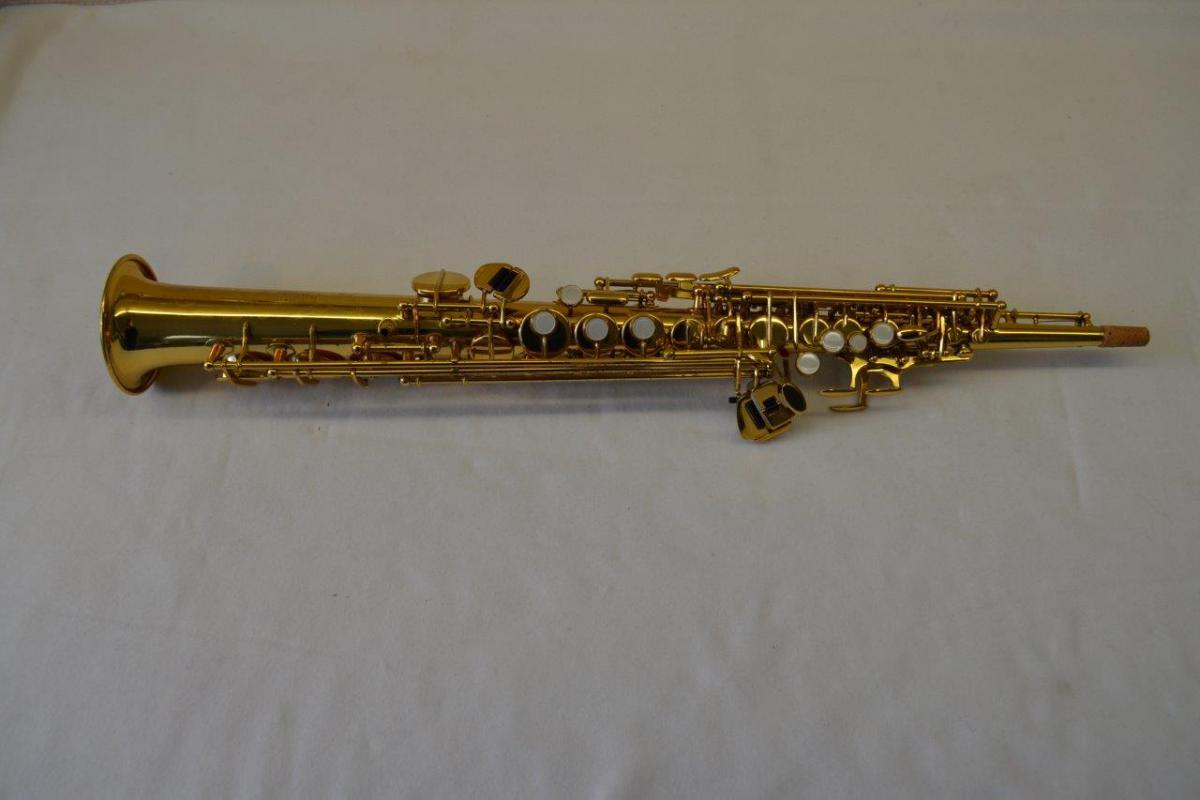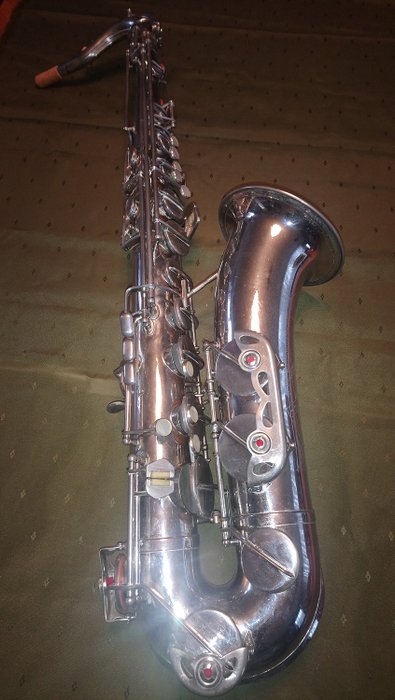

Yearly in May, there is an International Accordion Competition held in Klingenthal.Ībout 20 kilometres east of Klingenthal is the town of Markneukirchen which was the original home of the VEB Brass Instruments which produced the B&S line of Saxophones. Klingenthal is also noted for musical instrument production. Just across the border in Saxony, 10 kilometres by foot, is the town of Klingenthal. In fact the Kingdom of Saxony was a military ally of the Austro- Hungarian Empire prior to the unification of the German states in 1871. This area always had very close ties with the German province of Saxony just over the border. Graslitz was the German name of this small town located in the border region of what is referred to the Sudetenland. These three towns supplied the vast majority of violins, violas, cellos and other string instruments as well as percussion, brasswind and woodwind instruments for the Empire and all of Europe.

There was as well a corresponding great number of symphony orchestras, concert bands, military bands, ensembles, all requiring quality instruments. Composers who were active in the Empire were, Gluck, Hayden, Mozart, Salieri, Beethoven, Dvorak, Smetana, Fucik, Janacek, Schubert, Weber, Liszt, Brahms and Mahler. The Empire had 50,000,000 citizens with its capital Vienna and a vibrant musical tradition. From 1526, Bohemia was a province of the Hapsburg Empire, (also known after 1867 as the Austro-Hungarian Empire). Prior to Czechoslovakian independence in 1919, the region was a German speaking area of North West Bohemia. From that date on, production of musical instruments of all types flourished in the area. A violin maker’s guild was established there in 1669, and was the start of over 300 years of musical instrument making tradition in Kraslice. One of the most important areas for the production of musical instruments in the world is the area in and around Kraslice in the now Czech Republic.
#AMATI SAXOPHONE REVIEWS FULL#
I used the online Google translation service for the translation from German to English.įinally, I take full responsibility for the content of this article, and I invite corrections and improvements where they are required. I especially want to thank Klaus Dapper ( and Klaus Schneider ( their websites provided the basis for this article. I do believe that Amati’s line of saxophones and instruments deserve a fair consideration from Canadian and American consumers. I admit my Czech-Canadian heritage and that I am a bit of a ‘shill’ for the Amati brand. I will leave it to some scholar in the future to write the definitive history, with names, details and facts that I have not included in this short summary. My goal is to provide some insight in the evolution and revolutions that have taken place to result in the Amati-Denak company of today. The instrument makers were directly impacted by European wars of the Twentieth Century, Nazi and Soviet expansionism and the Cold War. The history of saxophones and other instruments produced by the predecessors of Amati-Denak is complex, confusing and convoluted. The opinions in this article are the author’s and I reprint it here without any edits. Or buy it with the understanding that it will likely need a repair person to do a few hours of work on it to get it playing decently, so you will have to budget some money for the repair work.This 2008 article has been reprinted in whole with the permission of its author, Dennis Gazarek. If the seller does not guarantee it IS in good playing condition, then perhaps take a pass on it (do not buy it). Of course the important thing is to ASK the seller if it is in 'good playing condition'. It is likely the so-called German 'nickel-silver' plate finish.

It appears to have been treated quite well considering its age. It has rolled tone holes, which are nice. All we can see in pictures are things like body damage and keywork design, really, There is no obvious damage, no neck pulldown, and it has a full compliment of keys including the Front F.also has a G# trill). Nothing visually jumps out at me as being 'wrong'. Their downside is the keywork is not exactly slick or responsive - BUT it isn't bad by any means, either. They are built very well and their sound is tremendous- big and dark and wide. I can understand that in Bosnia the market of used saxophones may be limited.Īmatis are not bad horns. If it is in good playing shape and is, in fact, 'cheap'.it's a solid instrument. It's vintage, probably 1950's or early 1960's. So, not as good as the German Keilwerth version, but VERY similar in that JK and Amati used to once be the same. This one is an Amati, CZ (if you look at the close-up of the bell, the engraving actually reads "Amati Kraslice").


 0 kommentar(er)
0 kommentar(er)
